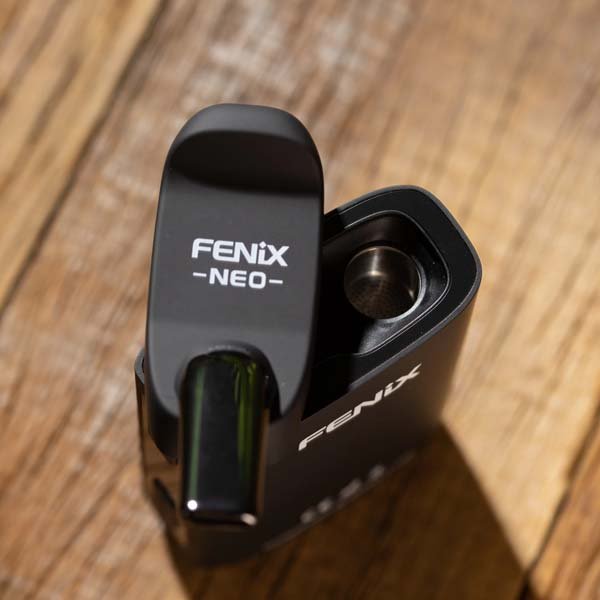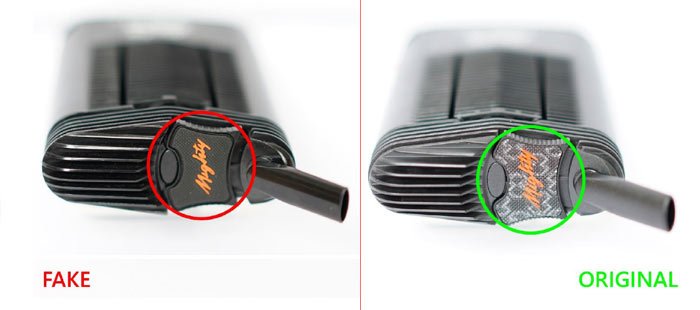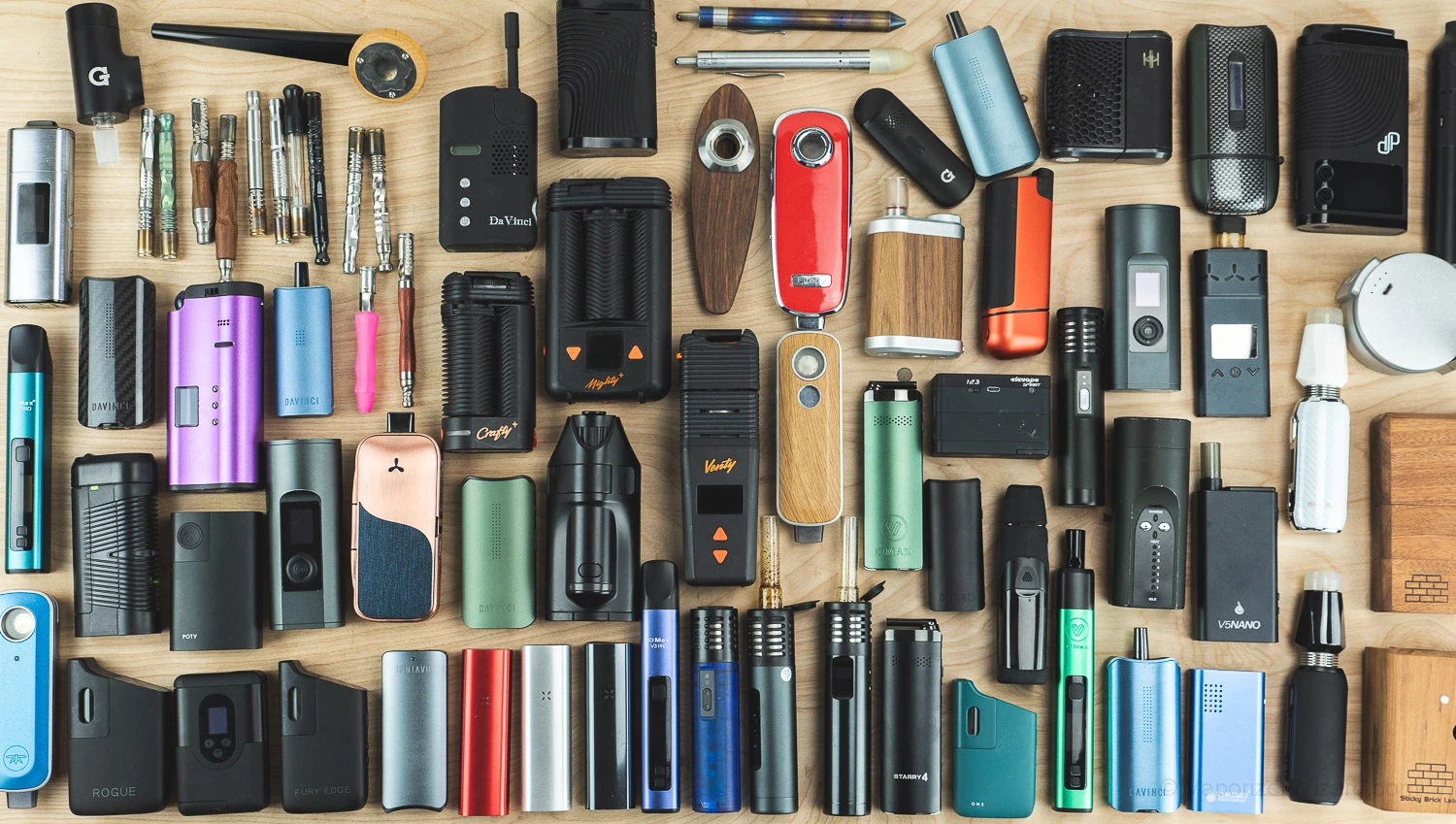Healthcare professionals are increasingly turning to vaporizers for therapeutic purposes—but only if they meet strict medical standards. For manufacturers, achieving this certification isn’t simple. It requires time, investment, and navigating a maze of global regulations.
If you're planning to develop a vaporizer for medical or clinical use, this guide will walk you through what “medical-grade” really means, the key certification steps, and how to avoid common mistakes that delay market entry.
Let’s break it down in a practical, easy-to-understand way.
What Makes a Vaporizer “Medical-Grade”?
To be classified as a medical-grade vaporizer, the product must meet strict regulatory requirements designed to protect patient safety and ensure therapeutic performance.
Here are the main pillars:
Regulatory Classification
In the U.S., the FDA classifies most medical vaporizers as Class II medical devices. That means your product must go through 510(k) clearance, proving it's as safe and effective as an already-approved device.
In Europe, you’ll need CE marking under MDR (Medical Device Regulation), which includes clinical evaluation and risk management.
In Australia, you'll need TGA (Therapeutic Goods Administration) conformity assessment certification, which ensures your vaporizer complies with Australian medical device standards. This includes documented quality systems, clinical evidence, and product-specific technical files submitted for TGA review.
Biocompatible Materials
You must use materials that are safe for human exposure. These must pass USP Class VI biocompatibility testing to ensure they don’t cause allergic reactions or toxicity when inhaled or touched.
ISO 13485 Certification
This international quality standard for medical devices ensures your factory follows strict manufacturing and quality control processes.
| Requirement | What It Involves | Who Requires It |
|---|---|---|
| FDA 510(k) | Safety & performance testing | U.S. Market |
| CE Marking (MDR) | Clinical evaluation, risk management | EU Market |
| ISO 13485 | Medical-grade quality management system | Global |
| USP Class VI | Material biocompatibility testing | All medical applications |
Who Regulates Medical Vaporizers?
Several major agencies oversee medical-grade vaporizer approval, and each has its own process:
| Regulatory Body | Region | Key Requirement | Approval Timeframe |
|---|---|---|---|
| FDA (USA) | United States | 510(k), ISO 13485, QMS | 6–12 months |
| EMA (Europe) | European Union | CE Marking, Clinical Validation | 8–18 months |
| Health Canada | Canada | ISO 13485, CMDCAS | 6–15 months |
| TGA (Australia) | Australia | Conformity Assessment, QMS | 4–12 months |
All regulators require:
- Risk management (ISO 14971)
- Product testing & validation
- Clinical evidence (for CE, FDA)
That’s why ISO 13485 is considered a universal standard—it prepares you for all these pathways.
Why ISO 13485 Certification is Essential
Without ISO 13485, you’ll struggle to enter any serious medical market. This certification shows that your factory has:
- A complete quality management system
- Traceable documentation and batch control
- Verified risk assessments
- Qualified supplier management
Here’s how it directly impacts your vaporizer project:
| Area | ISO 13485 Requirement | Benefit to Vaporizer Development |
|---|---|---|
| Design Control | Verified design process | Safer, more reliable products |
| Supplier Control | Vendor qualification protocols | Prevents faulty components |
| Risk Management | ISO 14971 compliance | Identifies and controls hazards |
| Documentation | QMS record keeping | Eases regulatory submission |
If you’re working with a manufacturer, make sure they are ISO 13485 certified—or you're at risk of delays and failed audits.
What Documents Do You Need for Compliance?
To get certified, you need more than just product specs. You need full lifecycle documentation, including:
| Document Type | Description | Related Standard |
|---|---|---|
| Design History File | From concept to validation | FDA 21 CFR 820.30 |
| Risk Management File | Hazards, controls, monitoring | ISO 14971 |
| Technical File | Materials, manufacturing, testing | EU MDR |
| Quality System Docs | Manufacturing & traceability processes | ISO 13485 |
A strong documentation trail is what turns a functional product into a certified medical device.
Why Delivery Protocols Also Matter
Your certification doesn't end when the product leaves the factory.
You must follow medical-grade distribution protocols:
- Chain of custody records
- Temperature-controlled logistics
- Tamper-proof packaging
- Batch traceability
These aren't just good practice—they’re mandatory under ISO 13485 and required by most regulatory agencies.
Final Thoughts
Breaking into the medical device market with a vaporizer product isn’t easy. But with the right approach—and the right partners—you can succeed.
To get certified, you need:
- A compliant product design
- ISO 13485 certified manufacturing
- Full lifecycle documentation
Certification may take 6 to 18 months, but it gives you unmatched credibility with healthcare professionals, regulators, and patients.
Don’t let uncertainty or missing documents delay your success.
Start with compliance. Build with confidence. Launch with trust.
Frequently Asked Questions
1. What certifications does a medical vaporizer need?
Medical-grade vaporizers require ISO 13485 certification, FDA 510(k) clearance (for the U.S.), and CE marking (for Europe), depending on where you plan to sell.
2. How is a medical vaporizer different from a consumer vape?
Medical vaporizers use biocompatible materials, offer precise temperature control, and meet regulatory standards for safety and effectiveness.
3. What are the key safety features of a certified medical vaporizer?
Features include:
- Temperature accuracy within ±1°C
- Overheat protection
- Medical-grade materials
- Isolated vapor paths
- Consistent dose delivery
4. What does ISO 13485 ensure in vaporizer manufacturing?
It guarantees that the manufacturer has:
- A complete quality system
- Risk controls
- Traceability
- Regulatory compliance procedures
5. What’s required in the supply chain for certified devices?
You'll need:
- Chain of custody records
- Temperature-controlled delivery
- Tamper-evident packaging
- ISO-compliant warehousing






